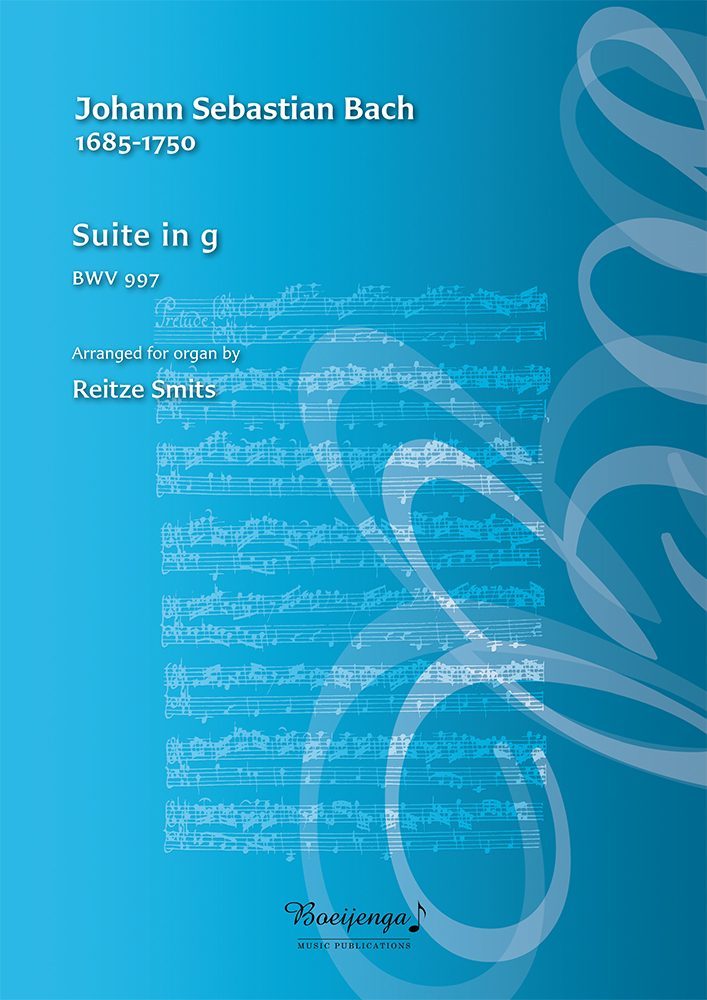contents:
- Prelude
- Fugue
- Sarabande
- Gigue
Bach composed several works for lute, which are also popular with guitarists.
The limited technical possibilities of the lute forced Bach to adapt his idiom. Perhaps these works, sometimes almost unplayable for the lute, were conceived to be played on the “Lautencembalo”, a harpsichord with gut strings.
The suite BWV 997 in particular was a challenge to play on the organ, especially because it begins with a prelude and fugue, like many organ works. Moreover, Bach seems to have had to limit himself to two-part writing, especially in the Fugue, while the polyphonic suggestions are clearly evident. It stimulated an investigation into the possibilities of unravelling all the voices from this music full of false polyphony and unfinished entries, and to supplement them into a fugue that can be played on the organ. It has become a challenging trio, in which notes sometimes had to be added so that all the voices would have an equal role.
The other parts mainly received a harmonic filling in the left hand and a more elaborated bass line as pedal part.
In the Prelude and the Gigue, the right hand plays solo on another keyboard. The Sarabande, like the Gigue, received a ‘double’, in which the ornamented parts are played as a repetition of the two parts.
A video with some fragments:
